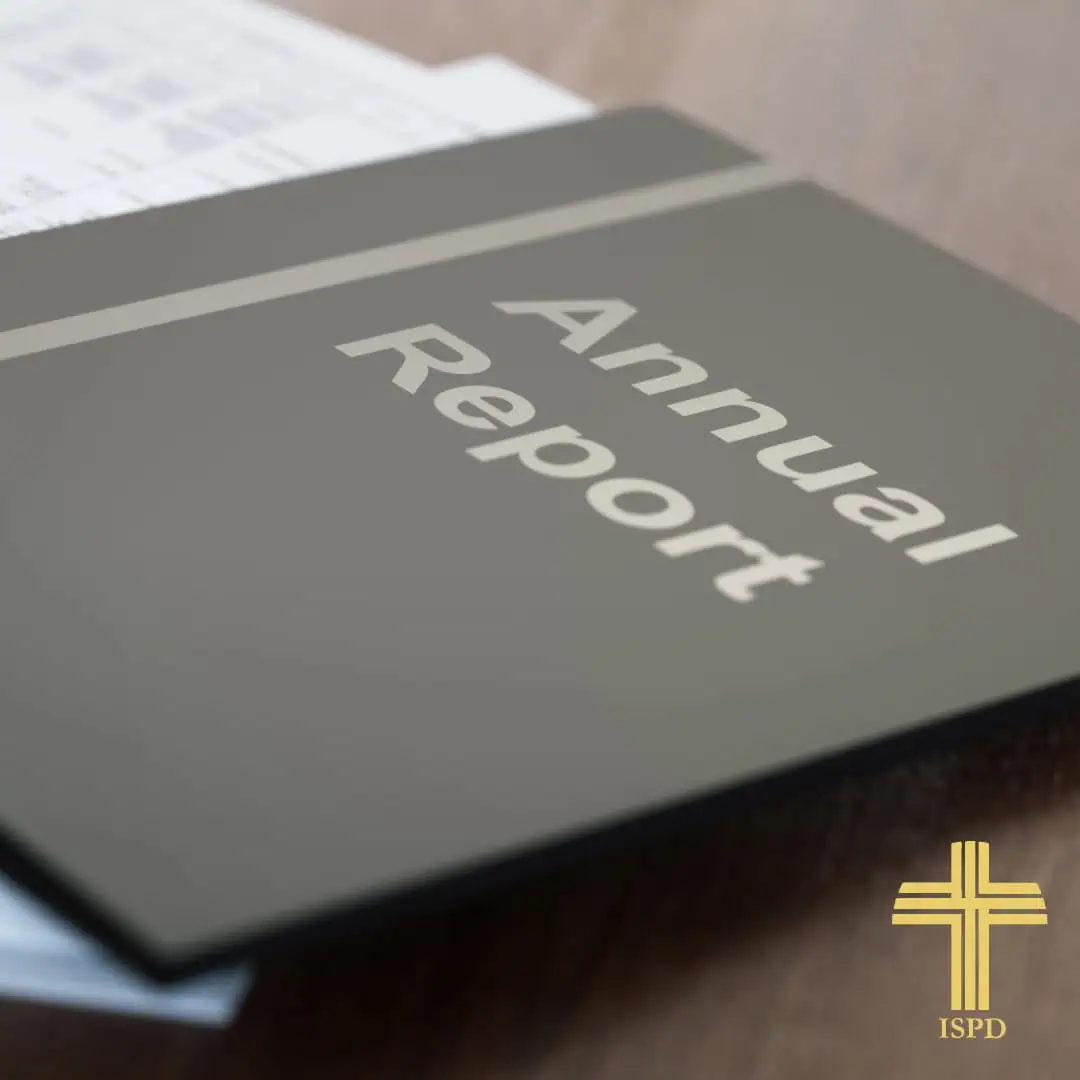As another fiscal year closes and a new fiscal year begins, business offices are busy with familiar tasks: closing books, preparing statements, and drafting the annual financial report for the parish and/or school. But what if this year-end requirement could become something transformative?
Every year, parishes dutifully publish their financial statements, and every year, the same misconceptions persist about how the business of the Catholic Church – and Catholic education — works. Parents question why they need to support fundraising when they already pay tuition. Parishioners wonder if “their” money is being diverted to the school. Community members debate whether Catholic schools are worth the investment.
The problem isn’t the numbers themselves. It’s that numbers alone don’t tell the story of the mission.
The Communication Gap
George Bernard Shaw once observed, “The single biggest problem in communication is the illusion that it has taken place.” This perfectly captures the challenge facing Catholic parishes and schools today. We assume our parishioners, parents, and other benefactors all understand how our ministries operate, but the persistent misconceptions tell a different story.
Consider these familiar statements:
- “Why do I have to support the Annual Fund when I already pay tuition?”
- “I want my money to only go to ‘the church’—not the school.”
- “The school is dragging down the parish financially.”
- “Our school is full of students who aren’t even Catholic. Why are we investing in this?”
- “Doesn’t school choice solve our funding issues?”
Behind each of these statements lies a fundamental misunderstanding of Catholic education’s mission and economics. A traditional financial statement—rows of revenue and expenses—does nothing to address these knowledge gaps.
Reclaiming the Mission Narrative
Our mission is clear: to continue the saving mission of Jesus Christ in the world. As the Catechism of the Catholic Church states, “The Church has received this solemn mandate of Christ from the apostles to continue his mission: ‘Go therefore and make disciples of all nations… teaching them to observe all that I have commanded you'” (CCC 849).
A basic annual financial report fails to demonstrate this mission in action. Instead, Catholic leaders need to create comprehensive impact reports that showcase how our communities are fulfilling Christ’s mandate through measurable, meaningful ministry.
Elements of an Effective Annual Impact Report
Leadership Letter: Your pastor’s (or president/head of school/principal) message should do more than thank supporters. It should articulate the state of your parish and school, acknowledging both challenges and opportunities while connecting daily operations to eternal mission.
Ministry Metrics: Create compelling infographics showing:
- Weekly Mass attendance trends
- New parishioner welcomes
- Sacramental celebrations (baptisms, First Communions, OCIA participants)
- Community service hours and impact
Mission Stories: Feature individual testimonials that demonstrate spiritual growth, community transformation, and lives changed through your ministries. These personal narratives make the abstract mission concrete and relatable.
Financial Transparency with Context: Present your financial data through charts and graphs that tell a story, not just report numbers. Break down complex budget information into digestible, visual formats that help readers understand how their contributions create impact.
The Transparency Imperative for Catholic Schools
Catholic schools, no matter their governance model, should prioritize three areas of financial transparency:
- Teacher Compensation Reality: Without revealing individual salaries, publish your teacher salary ranges compared to local public schools. This often reveals that Catholic educators are significantly underpaid—information that can inform long-term salary improvement initiatives and explain why generating additional revenue through strong advancement programs is essential.
- Benefits and Healthcare Costs: Demonstrate both the cost of employee benefits to your organization and the gaps that remain. Many Catholic schools offset lower salaries with generous benefits, but families often still face significant out-of-pocket healthcare expenses.
- Cost Increase Visualization: Use line charts to illustrate your top expense increases over the past few years. This helps communities understand inflationary pressures and the real cost of maintaining ministry excellence.
Multi-Parish Considerations
For parishes operating within merged or clustered arrangements, clarity about resource sharing is crucial. Show how shared positions and combined operations can strengthen ministry capacity, such as when three parishes together can attract higher-quality leadership than any could afford individually.
Learning from Excellence
Several Catholic organizations exemplify effective annual reporting. For the most part, we can point to many Catholic high schools that do annual reports well. They focus on the mission and the impact, and also take the opportunity to thank donors individually for their gifts.
- Archbishop Moeller High School (Cincinnati) creates comprehensive year-in-review reports that seamlessly blend donor recognition with philanthropic opportunities.
- BC High: (Boston) This is a great example of how you can build an interactive annual report on your parish or school website.
Now, in most cases, parishes do not publicly list the names of parishioners who gave gifts of stewardship. However, I have seen booklets from the 1940s and 1950s that listed all the families who gave to the Sunday collection! However, if your school has an annual fund, you should consider including a list of donors broken out by constituency – if that fits your culture.
Below are a few examples of annual reports. The first one is a diocesan report of the schools in the diocese. It’s a highly polished document and shares the impact that Catholic education is making in that diocese.
- Diocese of Pensacola-Tallahassee highlights system-wide enrollment growth, academic achievement, and individual school impact stories.
- Holy Trinity Catholic Church (Washington, DC) produces simple but powerful reports highlighting social justice ministry impact.
- Visitation Catholic Parish (Kansas City) excels at explaining complex finances in plain English while demonstrating clear ministry impact.
Making It Happen
Creating an effective annual impact report doesn’t require a large budget or a professional design team. Start with these practical steps:
- Gather Your Stories: Throughout the year, collect testimonials, photos, and metrics that demonstrate mission impact.
- Make Data Visual: Use free tools like Canva or Google Charts to transform spreadsheet data into compelling infographics.
- Write for Your Audience: Avoid insider language and explain financial concepts in terms any parishioner can understand.
- Focus on Impact: For every dollar figure, connect it to ministry outcomes and mission fulfillment.
Your Next Step
Your school or parish doesn’t just need to publish financials—it needs to build understanding. When you move from a financial report to an impact report, you reinforce that the Catholic faith and its ministries – especially Catholic education are not expenses to manage—they are missions to be lived and supported.
By flipping the script from what we spent to what we accomplished, you invite your entire community into something bigger than themselves.
This fiscal year, challenge your team to create an annual report that tells your complete story—not just your numbers. Your community deserves to understand how their prayers, participation, and financial support advance Christ’s mission in the world.
The days of assuming people understand our work are over. It’s time to help them see the extraordinary impact of ordinary generosity in Catholic education and parish life.















